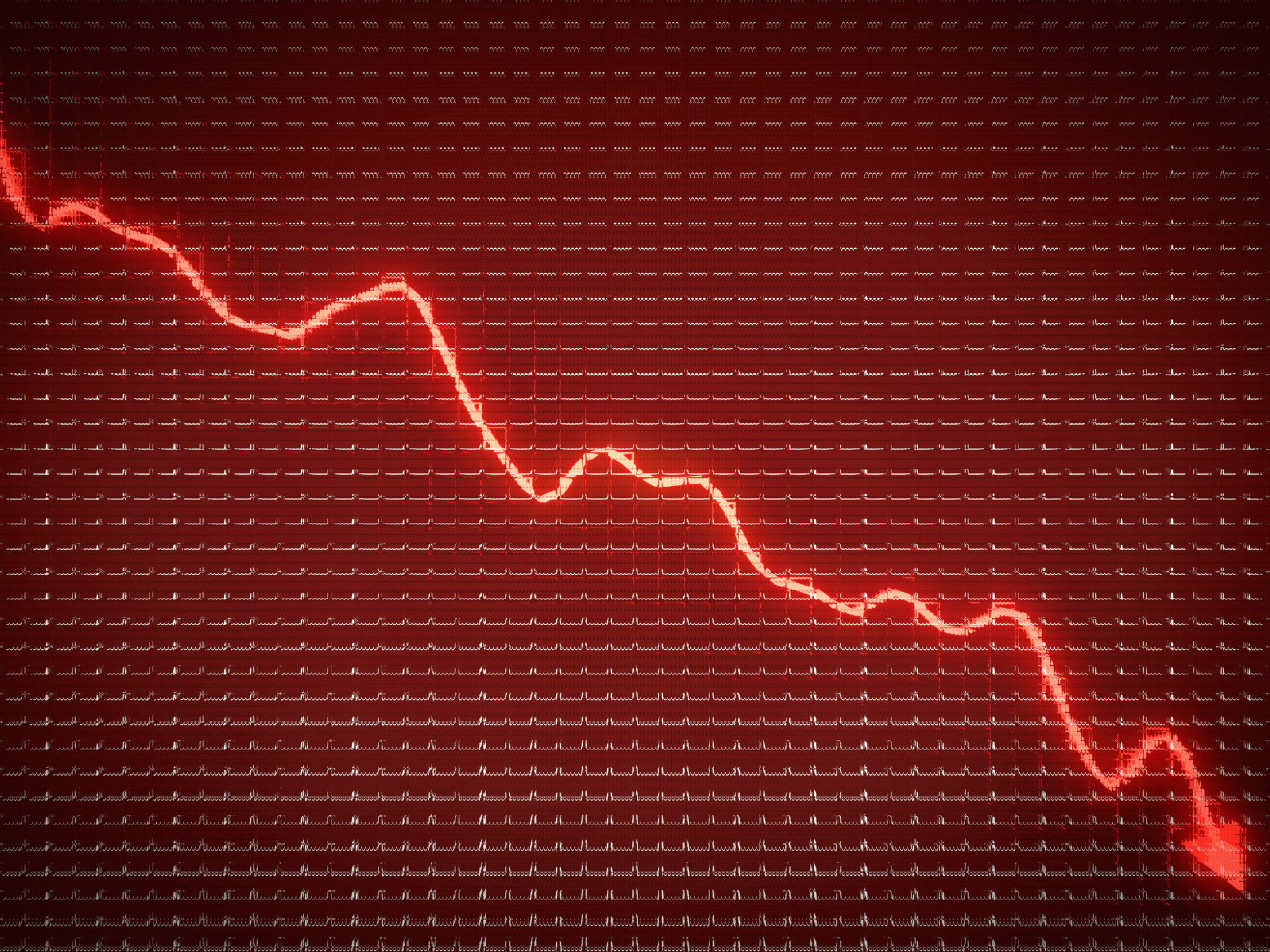
Credit: Pandora.
Now that Amazon.com (AMZN 0.09%) has launched its ad-free Prime Music service, some are questioning whether it's time to sell Pandora (P +0.00%) stock. I think that would be a mistake.
Prime Music is materially different from Pandora and rival Spotify. Both those services feature much larger catalogs, while supplying a richer playback experience. Pandora goes even further by creating a tailored music experience via its recommendations engine, based on 15-years work on the Music Genome Project.
The result? A business that analysts say is on track to grow profits more than 40% annually during the next five years -- disruptive growth that, I think, will be worth $15 billion in market cap by 2018, a near triple from today's prices.
How we'll get there
My thesis hinges on three key assumptions:
1. There's still magic in music discovery. Spotify and iTunes have done well helping audiophiles to build playlists. Prime Music is great for ad-free listening to favorite tracks from a limited catalog. Yet, none of these services offer the serendipity of radio. Pandora solves that problem while leveraging the Music Genome Project to give listeners more of what they'll like.
2. Pandora can capture a big portion of the ad dollars currently assigned to terrestrial radio stations. According to BIA/Kelsey, the total ad opportunity is on track to grow to $17 billion by next year. That's a huge number. In fact, Pandora could meet analysts' estimates for 25% annualized revenue growth over the next four years and still control only a small portion of the overall market.
3. Pandora should trade at a premium to industry peers. At present, Pandora trades for 7.6 times sales versus 2.8 for the broadcast-radio industry. A heady premium, to be sure, but deserved when you consider that Pandora is growing fast while disrupting the entire market for terrestrial radio. What's more, history downplays the impact of new entrants such as Prime Music. Pandora scored huge gains in almost every area of the business in the fourth quarter, and that's in psite of a mid-September launch for iTunes Radio.
Valuation range
Now, let's do some math. The table shows a range of future market-cap estimates derived from current analyst forecasts, and multiplied by a series of revenue multiples -- half, double, or even with today's premium, as tracked by Yahoo! Finance.
| Metrics | Worst Case 2018 Revenue Estimate($1,763.20 million) | Average 2018 Revenue Estimate($2,221.51 million) | Best Case 2018 Revenue Estimate($3,131.40 million) |
|
Worst Case Multiple |
$6,611.25 million |
$8,330.66 million |
$11,742.75 million |
|
Average Multiple |
$13,224 million |
$16,661.33 million |
$23,485.50 million |
|
Best Case Multiple |
$26,448 million |
$33,322.65 million |
$46,971 million |
Source: S&P Capital IQ.
I'll grant this is a wide range of outcomes, most of which won't come true. The bottom row represents the potential premium were Pandora to obliterate not only its Internet rivals but also its most dangerous terrestrial opponents. History and common sense says that's unlikely.
A better bet is that Pandora stock will continue to command 7.5 times sales come 2018, especially if the company delivers on Wall Street's estimate for 25% annualized revenue growth between now and then. Peer Sirius XM Holdings (SIRI +0.00%) still trades for 5 times sales after managing 18% annualized top-line growth over the past five years. Odds appear to favor the sort of outperformance that would result in a $15 billion or better market cap.
Now it's your turn to weigh in. Have a bear argument for Pandora stock? Let's hear it in the comments box below.







